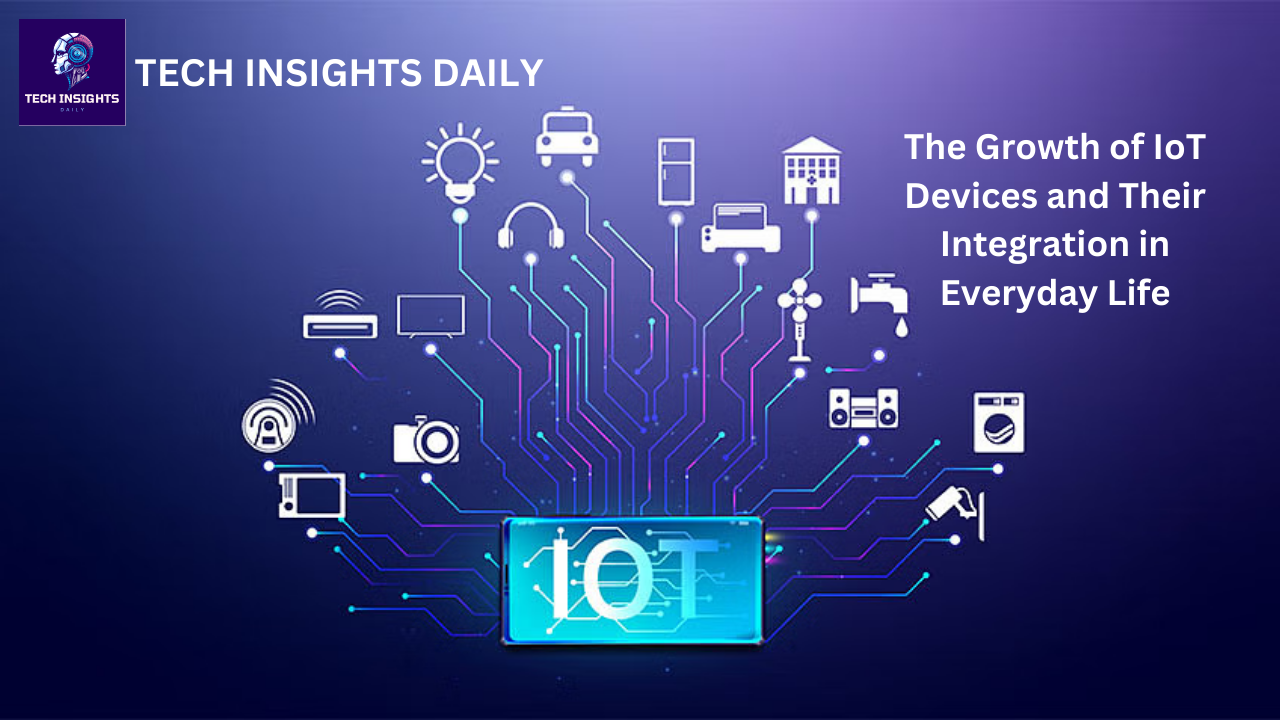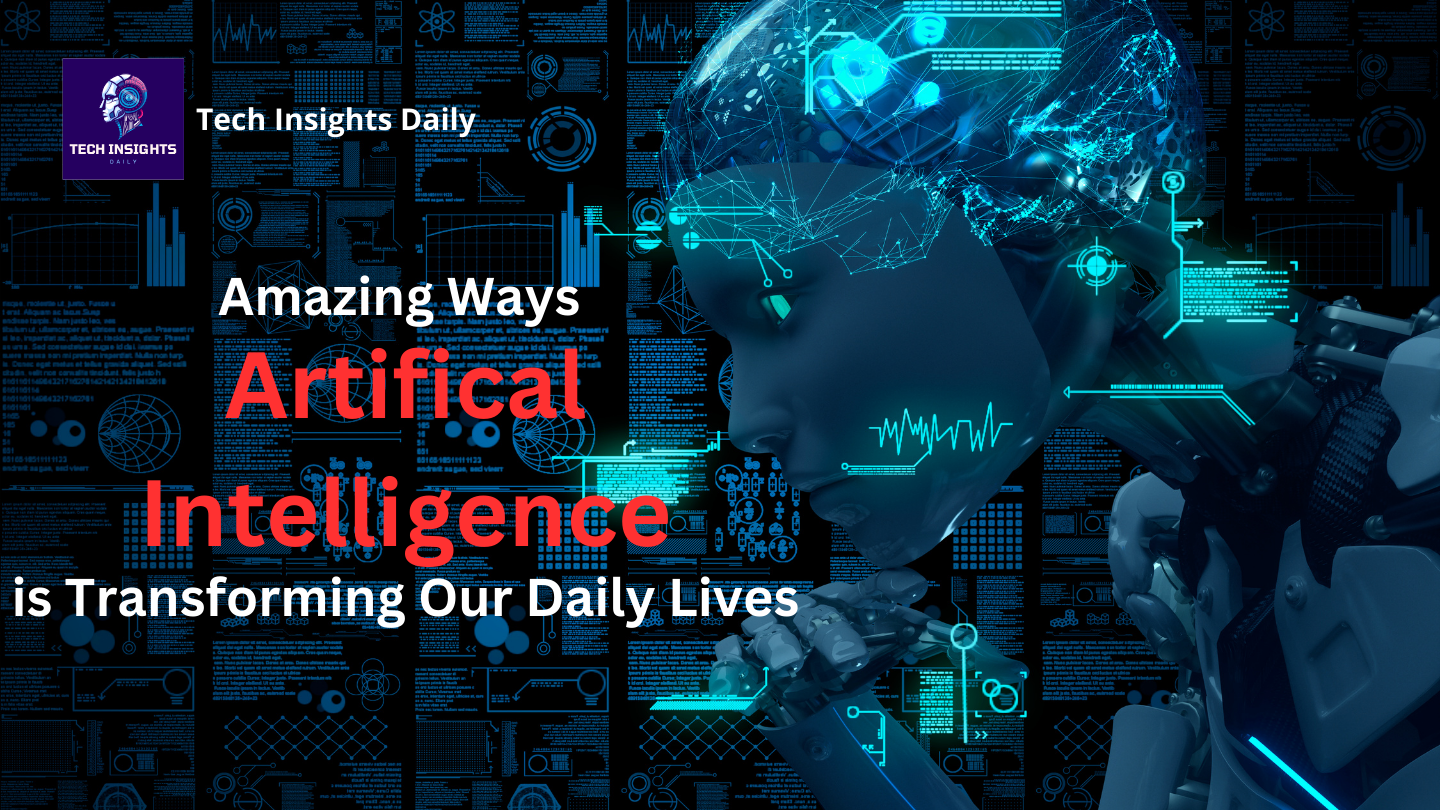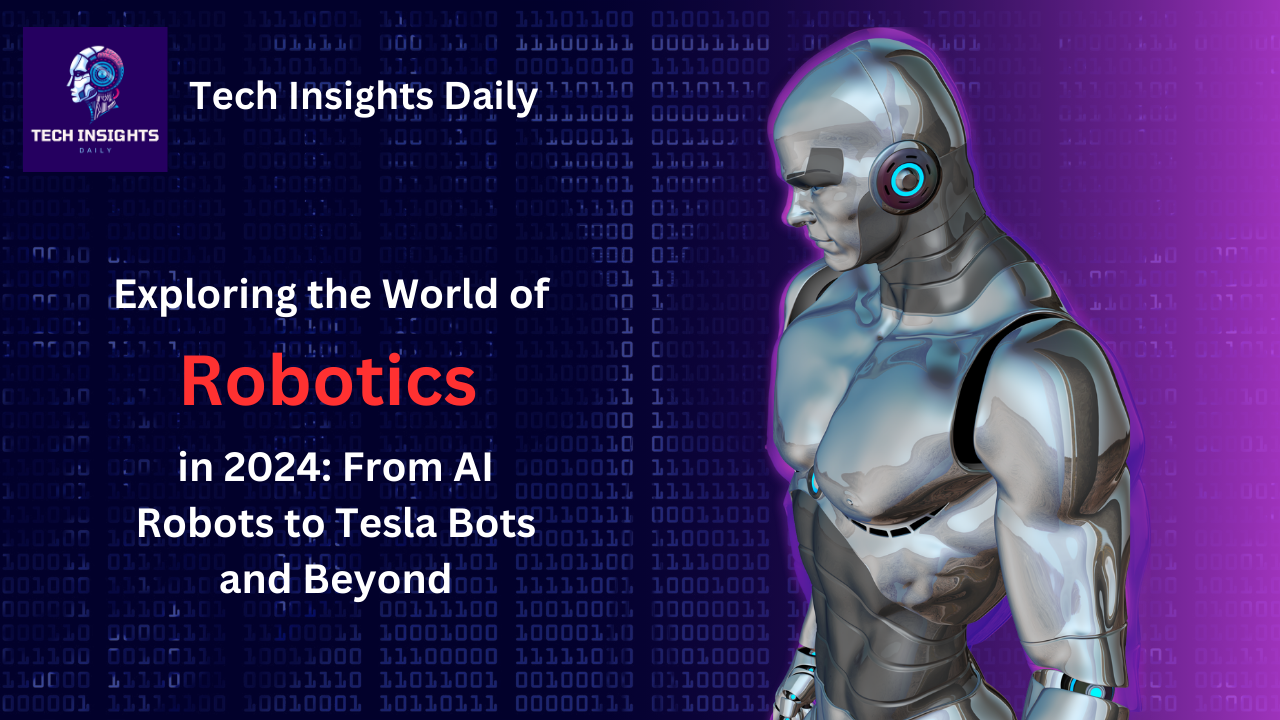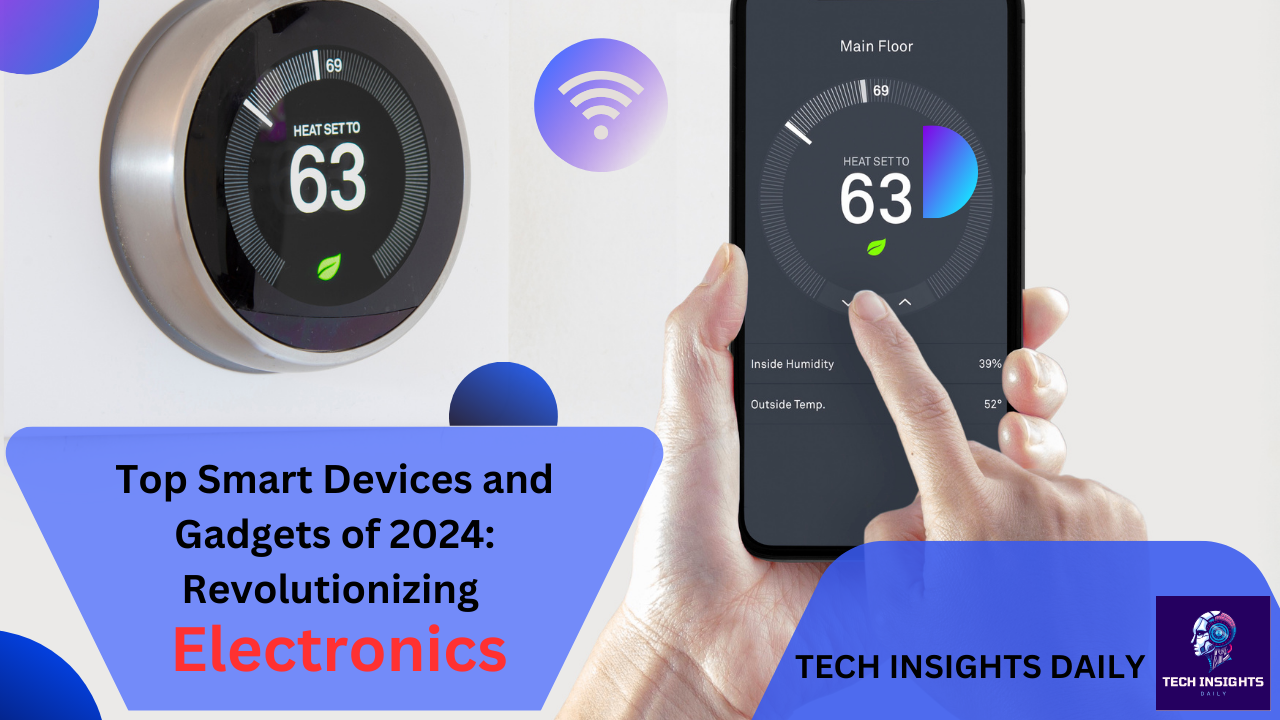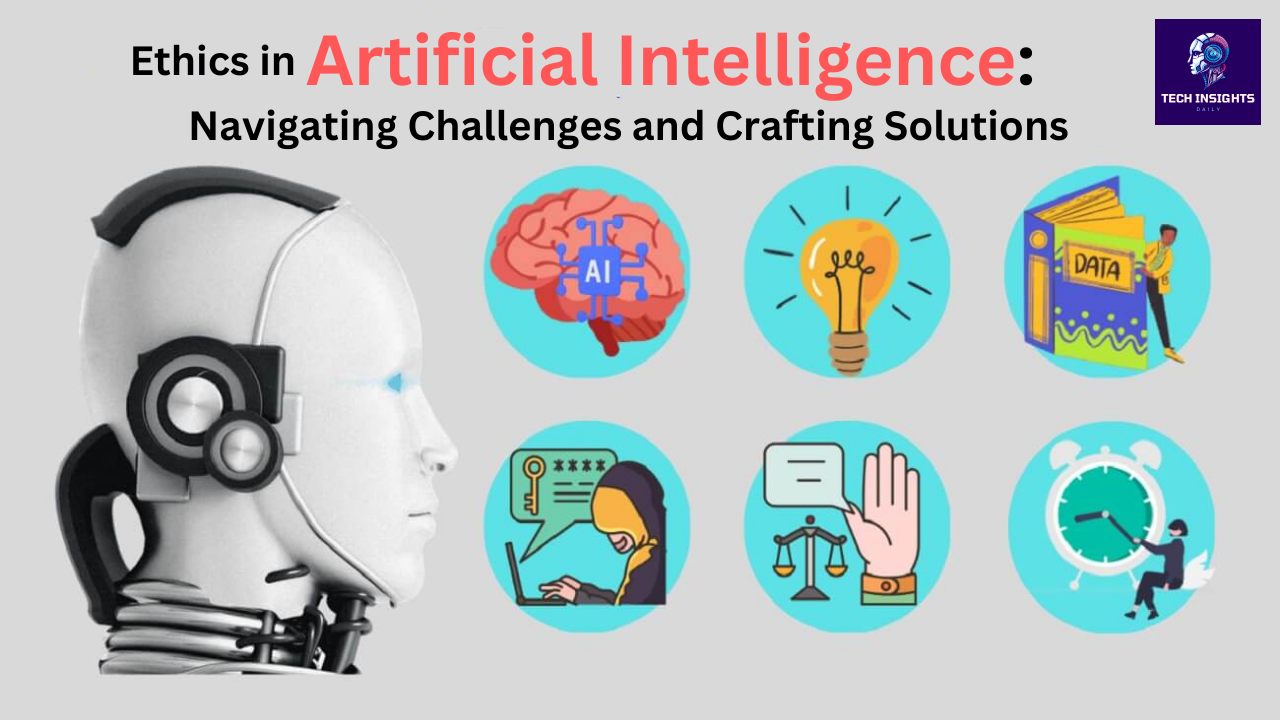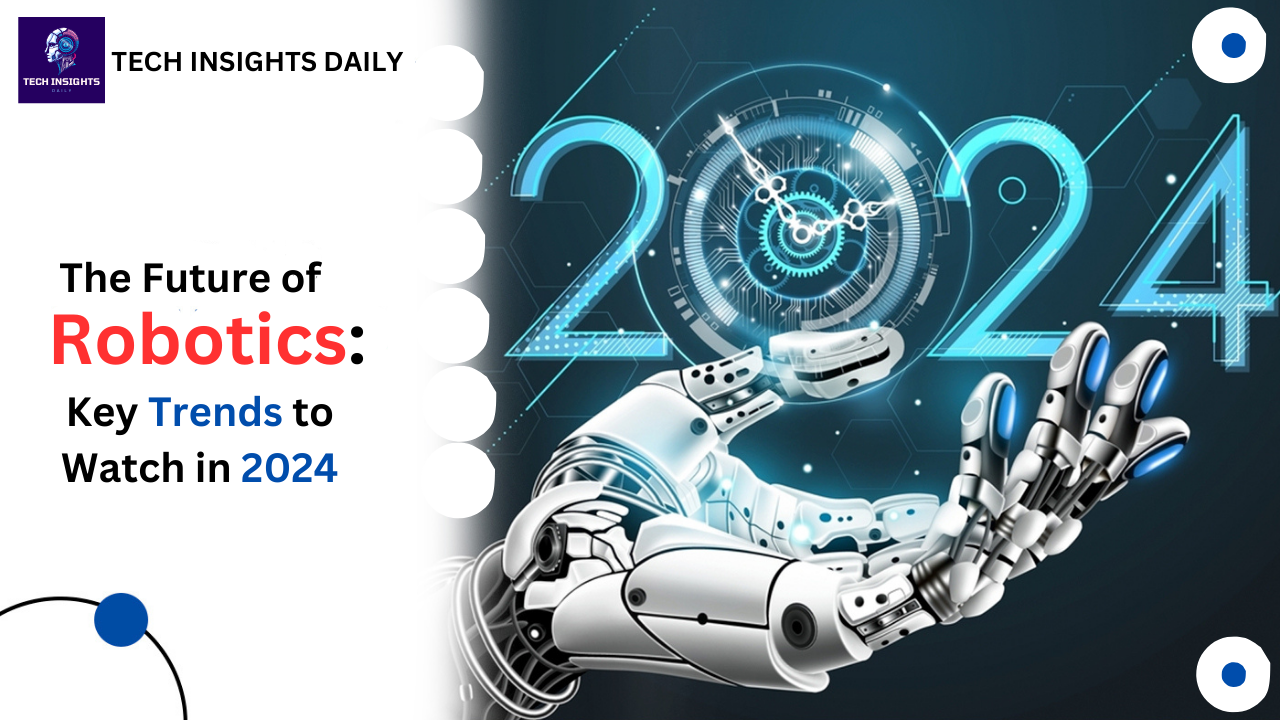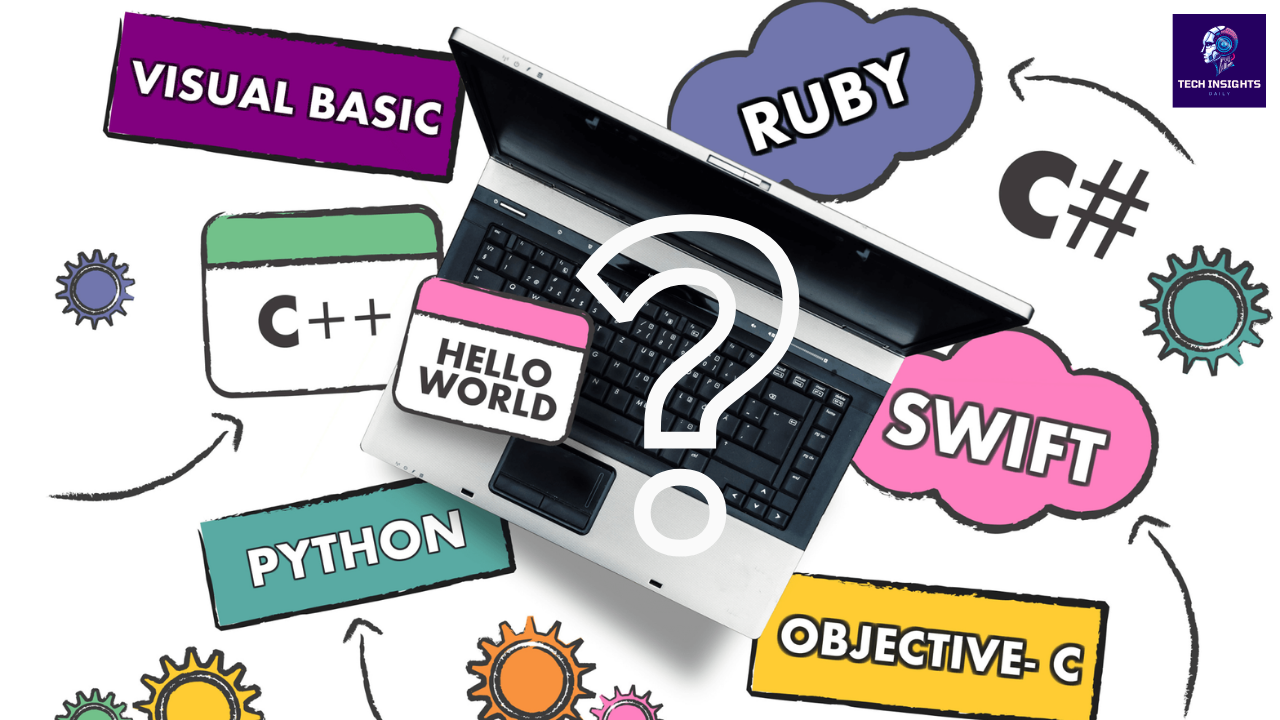Fourteen definitions of IoT are extracted from the relevant literature, and they are as follows The Internet of Things (IoT) is a concept and technology that is changing the world in the fields of work, business, communication and social systems. IoT interconnects everyday devices and puts them in a position to collect and exchange information within the Internet, resulting in improved systems. In this particular article, the author has tried to discuss the development trends associated with IoT in the context of the contemporary world.
What is IoT?
In simple terms, the Internet of Things (IoT) is defined as a network of physical objects equipped with sensors, software, and other technologies that allow objects to share information with other devices on the Internet. Sharing is possible. It refers to devices such as home appliances, technical devices, other machines that are intelligently wired to serve their intended purpose.
The number of Internet of Things devices is constantly increasing.
In fact, the use of IoT devices has grown exponentially in recent years. Some recent studies estimate that the number of connected devices will increase to 75 billion by 2025. This rapid growth is due to factors such as advances in information technology, decreasing costs of sensors and connectivity, as well as the growing need for intelligent solutions.
IoT is a constantly evolving field whose growth can be attributed to various factors, Demurest (2014)
- Advances in technology: Advances in the design of transmitting and receiving data through wireless connections, the methods of handling data and sensors inside devices, make IoT devices better and cheaper.
- Cost Reduction: The cost of sensors and connectivity has come down, which means that it has become possible to integrate IoT technology into a variety of products.
- Consumer Demand: Consumers are becoming more sophisticated and expect convenience, smarter, smarter and more efficient solutions.
How IoT has been incorporated into daily life.
The use of IoT technology is increasingly felt in many areas of human life, and it will continue to change the way we engage with physical space. Here are some key areas where IoT is making a significant impact:
Smart Homes
The smart home is perhaps one of the most popular and easily recognizable implementations of IoT technology. Smart homes allow people to control related devices in their homes and control many aspects of the home through the Internet using smartphones or voice-controlled gadgets.
Smart home is a relatively new concept in the field of home automation, which can be defined as the following key features.
- Smart thermostat: Such gadgets can study your behavior and control the temperature in the home to use electricity efficiently and improve comfort.
- Connected Security Systems: Real-time detection and alerts provide the means to track security in your home in real time.
- Smart Appliances: When it comes to smart appliances, they can be managed remotely and their owners can also be notified about maintenance and frequency of use –refrigerators, washing machines, etc.
Wearables and health tech
Wearable devices and health technology are also another important factor driven by the Internet of Things. Wearable technology—fitness trackers, smartwatches, and connected medical devices—allows people to check their status and health online.
- Health monitoring: record temperature, pulse/heart rate, and movement, rest/sleep.
- Remote patient monitoring: Smart connected devices are especially used in the medical field that allow healthcare personnel to have remote control, thus reducing frequent visits.
- Personalized Health Insights: Wearable devices also help monitor the health of a particular user and get recommendations accordingly.
Connected Transportation
Thus, IoT technology is playing a role in transforming the mode of transportation by improving it. Transportation is one of the key areas where IoT is making a huge difference. Connected vehicles, smart traffic management systems, and real-time navigation apps are some of the applications that have benefited from IoT.
- Smart Vehicles: Smart vehicles can also effectively communicate with other smart vehicles and the environment to guarantee safety and smoothness through the presence of sensors and connectivity.
- Traffic Management: While anticipating the use of IoT devices in traffic systems, it is possible to note that it can help ensure optimal traffic management and reduce traffic jams.
- Predictive maintenance: Car components used in this type of automobile will be able to diagnose problems early enough, thus reducing repair and downtime costs.
Industrial IoT
Other sectors such as the industrial sector are also benefiting from the use of IoT technology. IoT uses connected devices to control and manage industrial processes. It helps the industry keep costs down and make things work better, Yale uses things like the Internet of Things (IoT).
- Predictive maintenance: The health of each piece of equipment is managed by sensors, and any potential failure is identified in advance.
- Supply chain optimization: IoT devices monitor the stock and movement of products in the supply chain.
- Energy management: Smart sensors help estimate the amount of energy used to operate industrial structures.
Smart Cities
To some extent, it has already become quite clear that IoT technology is one of the cornerstones of building smart cities. This is because IoT devices can be installed as part of urban infrastructure and will make services better, more efficient and economical for residents and cities.
- Smart lighting: Smart streetlamps with sensors are able to change intensity according to time and traffic on the road, thus consuming less energy.
- Waste management: Smart waste containers can send signals to collection services about when a bin is full, thus helping to manage waste collection.
- Public Safety: Smart cameras and sensors help improve public safety as incidents can be monitored in real time.
Challenges and future directions
However, like any other technology, the integration of IoT devices also has some disadvantages, as discussed below. These are protecting individual devices, privacy issues, standardization issue, and scalability of individual devices in large number of connected systems.
Security and privacy
As more devices are connected to the internet, or 'smart', hacking activity is likely. One of the biggest challenges of IoT implementation is securing data collected inside IoT devices through encryption, authentication as well as access rights.
Standardization
Thus, IoT technologies and devices may not be fully compatible with each other, as there are no rules dictating its development. Due to the growing interest in IoT, there is a need to establish coordinates that are universally acceptable for devices and their communication.
Managing complexity
Although such multiple devices may seem desirable because they increase the connectivity of multiple user devices, designing for such large networks of connected devices can present an enormous task with enormous resource requirements. Better management approaches and procedures are essential to make IoT systems more reliable and efficient.
Future direction
The future expansion of IoT is likely to be solid given the improvement in technology development and further implementation in many sectors. Some emerging trends and future directions in IoT include:
- Edge computing: performance between processors and data to minimize latency.
- 5G Connectivity: Connectivity of IoT devices will get an upgrade thanks to new 5G network deployments.
- AI Integration: Integrating IoT with AI to create better and more self-sustaining systems.
- Sustainable IoT: Designing and deploying energy-aware IoT gadgets and networks to conserve Earth's scarce resources.
Result
The proliferation and connection of smart devices and objects to the net is driving the progressive development of human society. IoT is making the world a smarter place to live through smart homes, wearable devices, connected transportation and industries. Technology is becoming more popular day by day, and it is very important to discuss the drawbacks as well as security and privacy concerns for this type of technology. The future of IoT is bright as it is an area that is yet to expand, meaning that the best work is yet to come in regard to the changes taking place in our daily lives.
